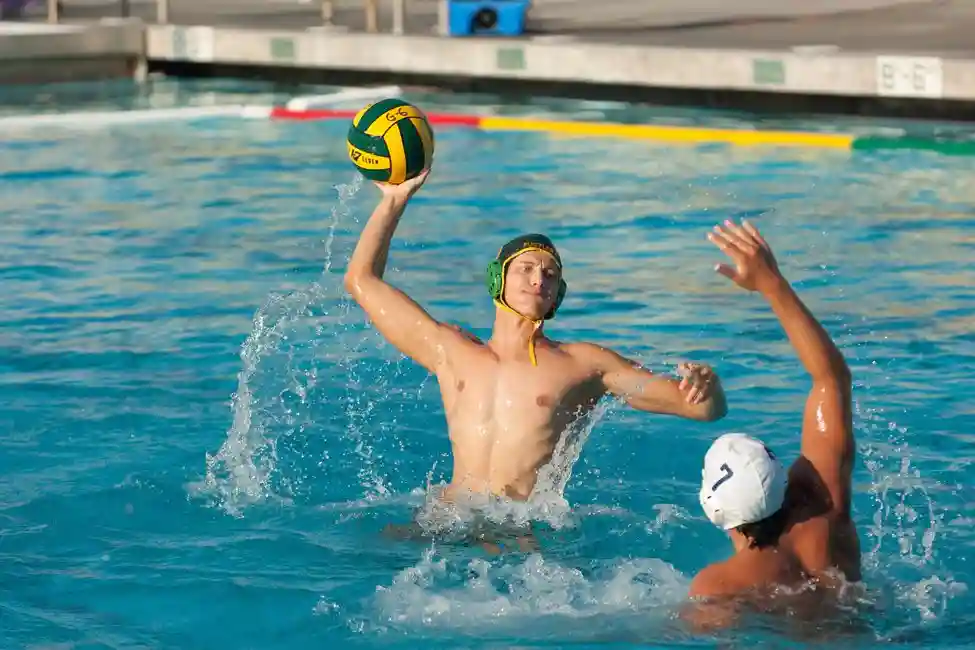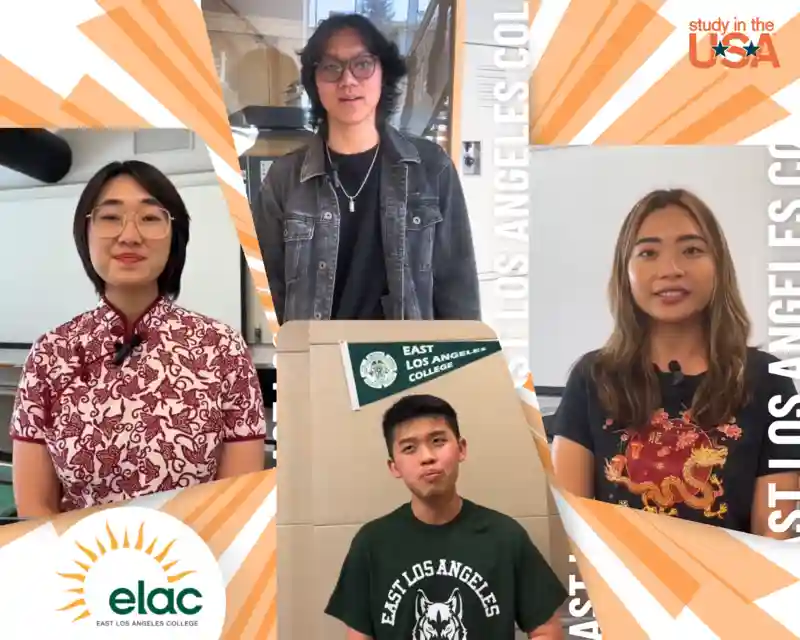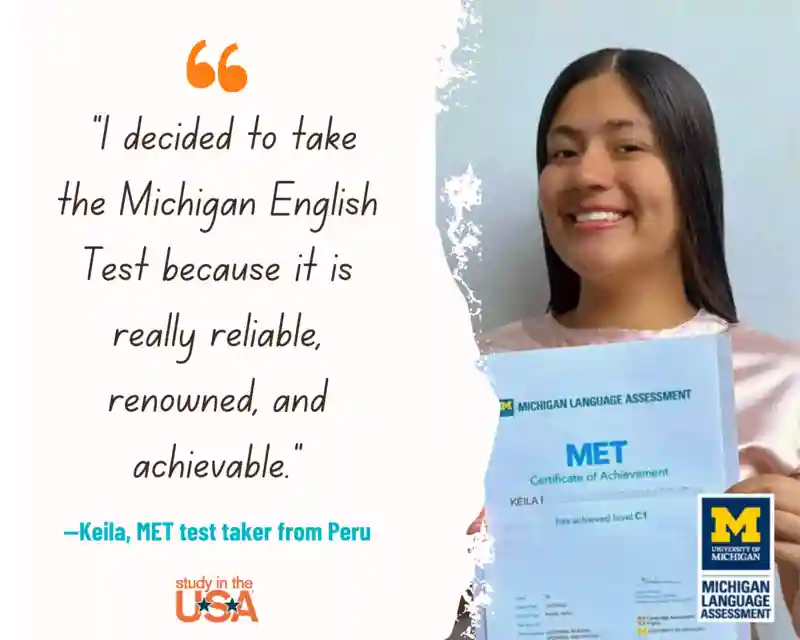Understanding the F-1, J-1 and M-1 Visas

By Jessica Pedraza, Esq.
If you’re looking to study abroad in the USA, you may find the visa application daunting. You should not be overwhelmed, but instead take the process step by step. First and foremost, you need to determine what visa is right for you. Once you know what visa fits your goals, you can go on to the second step: gathering information for an effective visa application. In this article we will be helping you with the first step: figuring out what visa fits your goals. Let’s begin.
F-VISA STUDENT VISA
There are three visas offered for students who want to study in the USA. The F-1, J-1 and M-1 visas. The F-1 visa covers a broad range of programs and is therefore the most common visa students apply for. The F-1 visa is for students who plan to take on a “Full Course of Study.” This means you must study on a full-time basis in an academic program in the United States. In many cases, you are better off speaking directly to the Foreign Student's Office or equivalent in your University to make sure you meet the requirements for a full-time curriculum. In addition, the objective of your studies and “successful completion of the course of study must lead to the attainment of a specific educational or professional objective.” The objective can be a bachelor’s, master's, postgraduate or postdoctoral degree, certification or other professional degrees.
When should I start the process? You should start contacting schools one year or more before commencing your studies. The earlier you begin the process, the smoother the process will be. With an F-1 visa you can only enter the U.S. 30 days before the program start date listed on the I-20. If you need to travel to the U.S. before the 30 day window, you would need to contact an experienced immigration attorney to discuss what your options are.
What Schools Qualify and what is a “Full Course of Study?” The types of schools covered by the F-1 visa include the following:
- Universities or Colleges with programs of at least 12 hours per semester where the student is charged full-time tuition.
- Private Elementary or Middle School
- Public or Private academic High School
- Conservatory or Religious Seminary - program must be certified by a Designated School Official (DSO) as a full course of study
- Postsecondary Language Institution - including liberal arts or other non-vocational programs functioning as an academic institution "which confer upon graduates recognized associate or other degrees."
- A language, liberal arts, fine arts or non-vocational training program that has at least 18 actual hours of attendance per week or 22 hours if most of the study time is spent in a laboratory.
How do I qualify? Please understand this is a general overview. Generally for an F-1 visa, you will need the following:
- Be approved by an SEVP validated sponsoring institution before you can even apply for an F-1 visa you need to apply and be accepted to a sponsoring institution that fits under one of the categories above. In addition, the institution must be approved by the Student and Exchange Visitor Program (SEVP). There are many resources to help you find an SEVP approved school. The Department of Homeland Security has a very helpful tool that allows you to research certified schools by location. Click here for a list of schools listed by state.
- An intention to return to your foreign residence and ties to your home country - The U.S government will want to know that you have a foreign residence and that you intend to return to it once you complete your studies. To this end, you need to provide documentation that will show them you truly intend to return. Example Documentation includes:
- Evidence of assets you own in your home country (i.e., house, land, vehicle, business ownership, etc.).
- Rental agreements, a written job offer or a letter from an employer stating they will hire you upon your return.
- Evidence of strong social or family ties.
- Evidence of Bank accounts, etc.
- Financial Support - You will also have to show that you have sufficient financial resources or liquid assets to pay for your first year of education. In addition, you need to demonstrate that you have the prospective ability to finance yourself after the first year of studies. This includes your tuition, living expenses, travel and miscellaneous expenses. The government looks to your I-20 to determine the cost of your academic program. An I-20 is a form given to you by your school upon acceptance. Some students prove financial support by including a sponsor in their application (usually a family member). Furthermore, you can include educational loans, fixed deposits, shares, bonds, stocks, mutual funds, etc. The amount of evidence needed is greater if you plan on traveling with dependents.
- English Proficiency - You must have a proficiency in English that is sufficient to complete your studies in the U.S. However, if you plan on studying English while in the U.S., then this requirement does not apply to you.
An F-1 visa is a great option for individuals who want to study in an accredited program that has a specific educational objective. It is also important to note that F-1 visa holders have more opportunities and flexibility to work under certain requirements and limitations.
M-1 VISA VOCATIONAL AND TECHNICAL TRAINING
An M-1 visa is an attractive option for individuals who want to partake in a vocational or nonacademic program. The most common M-1 recipient is someone who seeks to attend flight school in the U.S. Unlike the F-1 visa, M-1 visa holders cannot work while pursuing their studies. After graduation, opportunities to work are more limited than the F-1 visa and M-1 visa holders are only allowed to work 1 month per every 4 months of study. One of the most important distinctions between the F-1 and M-1 visa holders is that the M-1 visa only allows you to remain in the U.S for up to one year or however long it takes for you to complete your nonacademic program, whichever of the two is less. The F-1 visa, by contract, allows you to stay until your program of study has ended. Although you can apply for an M-1 extension, many M-1 visa holders forget to do so and find themselves without legal status. Also, even with extensions, you can only stay in the U.S. a maximum of three years total. You have to consider a variety of factors to determine which visa fits your needs. One advantage an M-1 visa has is that it can be a relatively quick and uncomplicated application process. For an excellent infographic mapping out the difference between the F-1 and M-1 click here.
Who can apply? Individuals interested in studying in a vocational program or nonacademic institution. You should be sure of what you intend to study because you cannot change your course of study. Some examples include:
- Aviation/Flight schools
- Cosmetology
- Visual and Performing arts
- Theology
- Acupuncture and Massage
- Culinary schools
- Beauty College
- School of Spa and Technology
Similar to the F-1 visa, M-1 visa holders must complete a “Full Course of Study.” It is best to always check with your Foreign Student's Office or equivalent to determine whether your course of study meets the requirements for your educational goal (i.e. certificate, diploma). For an M-1, the U.S government gives some guidelines.
- A community college or junior college offering vocational training and consisting of at least 12 semester or quarter hours of instruction per academic term. It is allowed to complete fewer hours if during the last term you need fewer hours to finish your chosen program.
- A post-secondary vocational or other business school (not a language school) that gives associate or other degrees. The curriculum must consist of at least 12 hours weekly (or its equivalent) or give credits that are accepted unconditionally by at least three institutions of higher learning.
- A vocational or other nonacademic curriculum (not language training) consisting of at least 18 hours of classroom attendance per week or 22 hours per week if the dominant part of the course is shop or laboratory work.
- A vocational or other nonacademic high school curriculum, for the minimum number of hours the school requires for normal progress toward graduation.
How do I qualify?
The M-1 visa and F-1 visa requirements are similar. Please see the F-1 requirements above. Below you will find information specific to the M-1 visa.
- Be approved by an SEVP validated sponsoring institution - Your vocational program must be approved by SEVP. For a list of vocational programs approved by the SEVP click here;
- An intention to return to your foreign residence and ties to your home country; See above.
- Financial Support - Applicants will have to show that they have sufficient financial resources or liquid assets to pay for the full-term of their intended stay - a maximum of one year of study. So if your vocational program lasts one full year, you need to prove that you already have the ability to fund your studies and living expenses for the full year.
- English Proficiency - You must have a proficiency in English that is sufficient to complete your studies in the U.S. Please note you cannot apply for an M-1 visa for the sole purpose of studying English. However, It is possible to take supplemental English courses.
J-VISAS - EDUCATIONAL AND CULTURAL EXCHANGE PROGRAM
The J-1 Visa encompasses a broad range of programs available for individuals who want to travel to the U.S.A and work and/or study. Depending on what program you enter through, you may be allowed to enter the U.S for certain types of paid work. The terms of your exchange program will dictate whether you are allowed to work while in the U.S. Common J-1 visa categories that allow employment include au pair and a researcher position. You should have open communication with your sponsoring program and be clear about your objectives and whether you seek paid work.
J-1 visas are a good option if you want to travel to the USA on a temporary basis to teach, instruct or lecture, study, observe, conduct research, consult, demonstrate special skills, or receive training. Fulbright Scholars and specialized training programs for foreign medical graduates are popular examples of J-1 visa participants. The official categories are listed below. You can click on the category to get further information:
- Au pair and EduCare
- Short-term Scholar - Professors or scholars
- Camp Counselor
- Specialist
- Government Visitor
- Student, college/university
- Intern
- Student, secondary
- International Visitor (Dept. of State use)
- Summer Work Travel
How do I qualify?
- Sponsoring Organization: You must apply and be accepted to a program that is approved by the U.S Department of State Exchange Visitor Program. Upon approval, your sponsoring organization gives you a form called the DS-2019. You will need this form to apply for the visa.
- Financial Support: Unlike the F-1, the J-1 visa requires a substantial amount of your funding to come from outside sources and not personal or family sources. Examples of outside sources include scholarships from your government, the U.S government, international organizations or a Special Education Exchange Program. You must be able to show you have sufficient funds to pay for you living expenses while in the U.S and for the full-term of your program. If your program is based on work, your salary is taken into consideration when determining financial support. However, you need additional evidence if your salary does not cover your expenses. If you are participating in a Special Education Exchange Program, you most likely satisfy this requirement. These programs include: FulBright Scholars, Global UGrad, LASPAU, AmidEast, etc. Here is an excellent link for help finding a scholarship program.
- English Proficiency: You must be proficient enough in English to participate and comply with your program.
- Health Insurance: J-1 visa holders and their dependents must have health insurance for their duration of stay in the U.S. Your sponsor should give you information on insurance requirements and may also facilitate the process.
- An intention to return to their foreign residence and ties to your home country; See above.
- Willing to comply with the Home Residency Requirement : Some J-1 visa holders are required to return to their country of nationality or last legal permanent residency for two years (in the aggregate) before they are able to change their status or apply for another visa. J-1 physicians who receive medical education or training are subject to the home residency requirement. There are waivers you can apply for to get past this requirement. It is strongly recommended to speak to an immigration attorney about your options.
We hope you are now one step closer to applying for a student visa and studying in the USA. Once you have determined what your goals are for your future, you can decide which visa option best fits those goals. Once you’ve narrowed down which visa you would like to apply for, you can concentrate all of your efforts in proving you are a great candidate.
Please note: this article is provided to the Study in the USA community and is meant to provide information but does not constitute legal advice. Even though we strive to provide accurate and detailed advice based on the current immigration laws of the United States, all legal advice must be tailored to specific facts and laws are constantly changing. Nothing provided herein should be used as a substitute for the advice of an experienced immigration attorney.
Jessica Pedraza
Jessica Pedraza, Esq. is an immigration attorney for Global Immigration Solutions Law Firm. She can be contacted at jessica@gislawfirm.com.
Read Ms. Pedreza's articles Understanding the F-1, J-1 and M-1 Visas and Working in the USA with a Student Visa.
Get matched to the best program for you
Let us know what you're looking for so we can find the best school for you.
Useful Articles
Check Out These Schools




Golden West College
Typical cost per Year: $5,000—$10,000

Truckee Meadows Community College
Typical cost per Semester: $5,000—$10,000

George Mason University
Typical cost per Semester: $35,000—$40,000
Start your U.S. adventure with Study in the USA

Learn About U.S. education financing, housing, and more
Resources
Learn about American culture and education direct from our experts at Study in the USA. Read more












